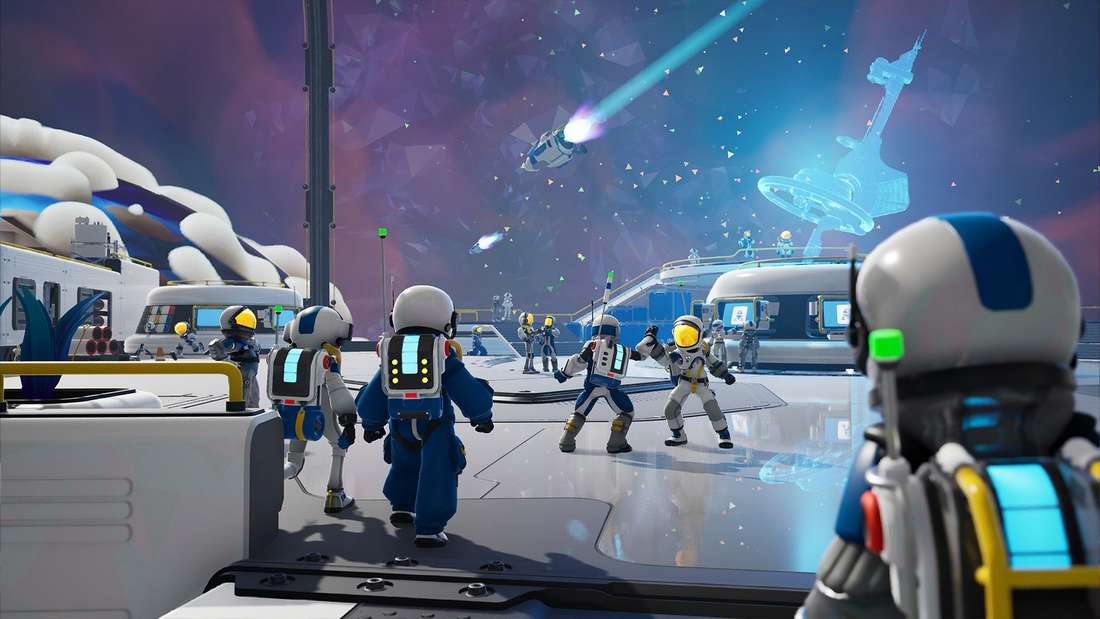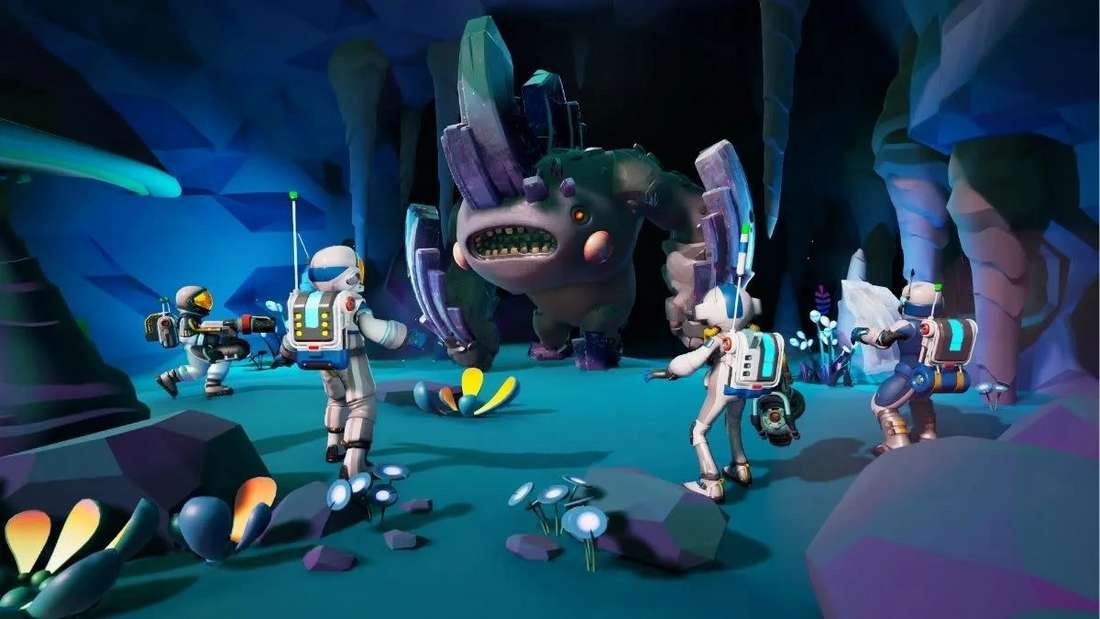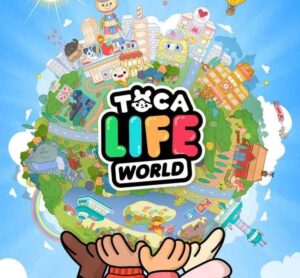Starseeker: Astroneer Expeditions – A Deep Dive into Co-operative, Mission-Based Space Exploration
Popular Now
 Rust
Rust
 Minecraft
Minecraft
 Valorant
Valorant
 Brawl Stars
Brawl Stars
 Warframe
Warframe
 EA SPORT FC 25
EA SPORT FC 25
 PUBG Mobile
PUBG Mobile
 Among Us
Among Us
 God of War Ragnarök
God of War Ragnarök
 R.E.P.O
R.E.P.O Developer System Era Softworks has provided a comprehensive look at Starseeker: Astroneer Expeditions, a new co-operative multiplayer game set in the beloved Astroneer universe. While it is emphatically not a sequel (Astroneer 2), Starseeker shifts the focus from the original’s open-ended survival and base-building to timed, mission-based expeditions with an emphasis on collaboration and improvisation.
The game is slated for release in 2026 and is coming to PC (Steam), PlayStation 5, Xbox Series X/S, and Nintendo Switch 2.
 Key Co-operative Gameplay Features:
Key Co-operative Gameplay Features:
- The ESS Starseeker Hub: Your home base is the massive ESS Starseeker space station, which serves as a shared social space for up to 100 players. Here, you’ll prepare for missions, craft and upgrade your specialized gear, and interact with other crews before deploying to alien worlds. This station acts as a “massively shared sandbox,” where all players contribute to the larger narrative of the Frontier Force.
- Four-Player Co-op Expeditions: The core gameplay revolves around expeditions that support up to four players (though you can play solo). These missions have a hard timer and require players to work together to complete specific planet-wide objectives, such as repairing critical equipment, transporting a relay to a high point, or studying hostile fauna.
- Interdependent Tools and Gadgets: Unlike the general-purpose utility of the original Astroneer’s tools, Starseeker players equip different gadgets that encourage specialized roles and teamwork.
- Example Synergy: One player might use a water sprayer to clean sticky alien goop off equipment or temporarily subdue hostile creatures, while another uses a terrain tool to excavate a path or build a bridge. Other tools include an electrical zapper or a wind-blowing turbine, which, for instance, could be combined with water to shock multiple foes.
- Bite-Sized Adventures: Expeditions are designed to be shorter, self-contained missions (around 20-30 minutes on a typical run). This format makes it an ideal co-op game for players with limited time or those looking for a fun, chaotic weekly game night.
- Persistent Hand-Crafted Worlds: The planets, such as the lush Tephra, are hand-crafted rather than procedurally generated. Importantly, any terrain changes made by one squad (a hole dug with the vacuum tool, or a mountain shaved down) will persist in the server and be visible to other crews on their own missions. This creates a fascinating, shared sense of history and community effort on the planet’s surface, similar to a Helldivers-style collective objective.
- Solo Flexibility: While co-operation is the focus, the developers stress that missions can be completed solo, allowing players to choose objectives that best fit their current crew size and playstyle.
 The Astroneer DNA:
The Astroneer DNA:
While the focus is on expedition and adventure, the game retains the whimsical, optimistic sci-fi aesthetic of the Astroneer universe. The core mechanic of shaping the terrain with the versatile terrain tool is present, though modified with specialized nozzles for different effects. Progression is tied to a “sticker book” system where players unlock new abilities and upgrade their gear by repeatedly using and mastering their chosen tools.
Starseeker: Astroneer Expeditions is shaping up to be a chaotic, creative, and highly social take on the mission-based cooperative genre, inviting players to embrace the “friendslop” aesthetic of working together to solve problems in unpredictable, alien environments.








